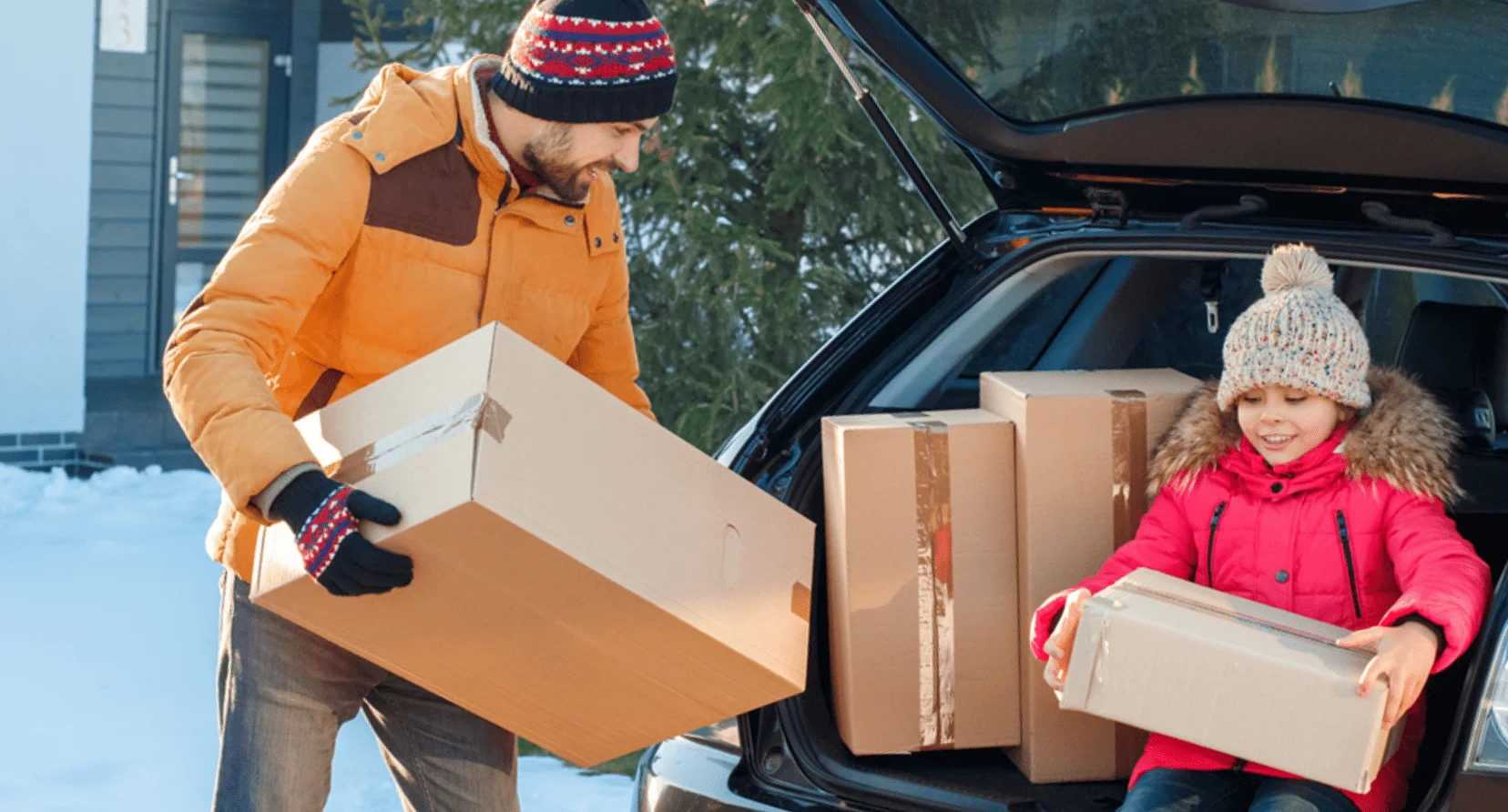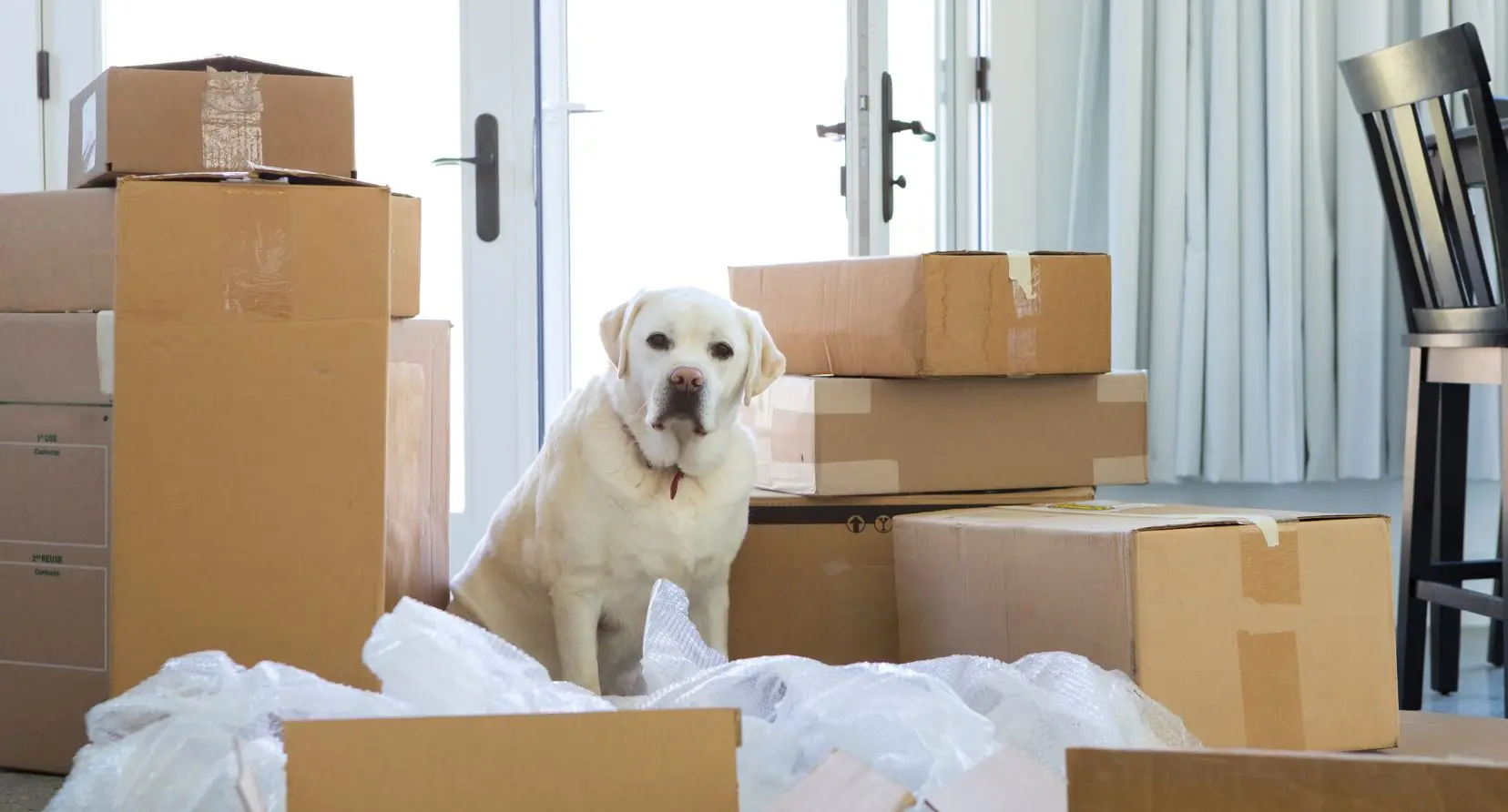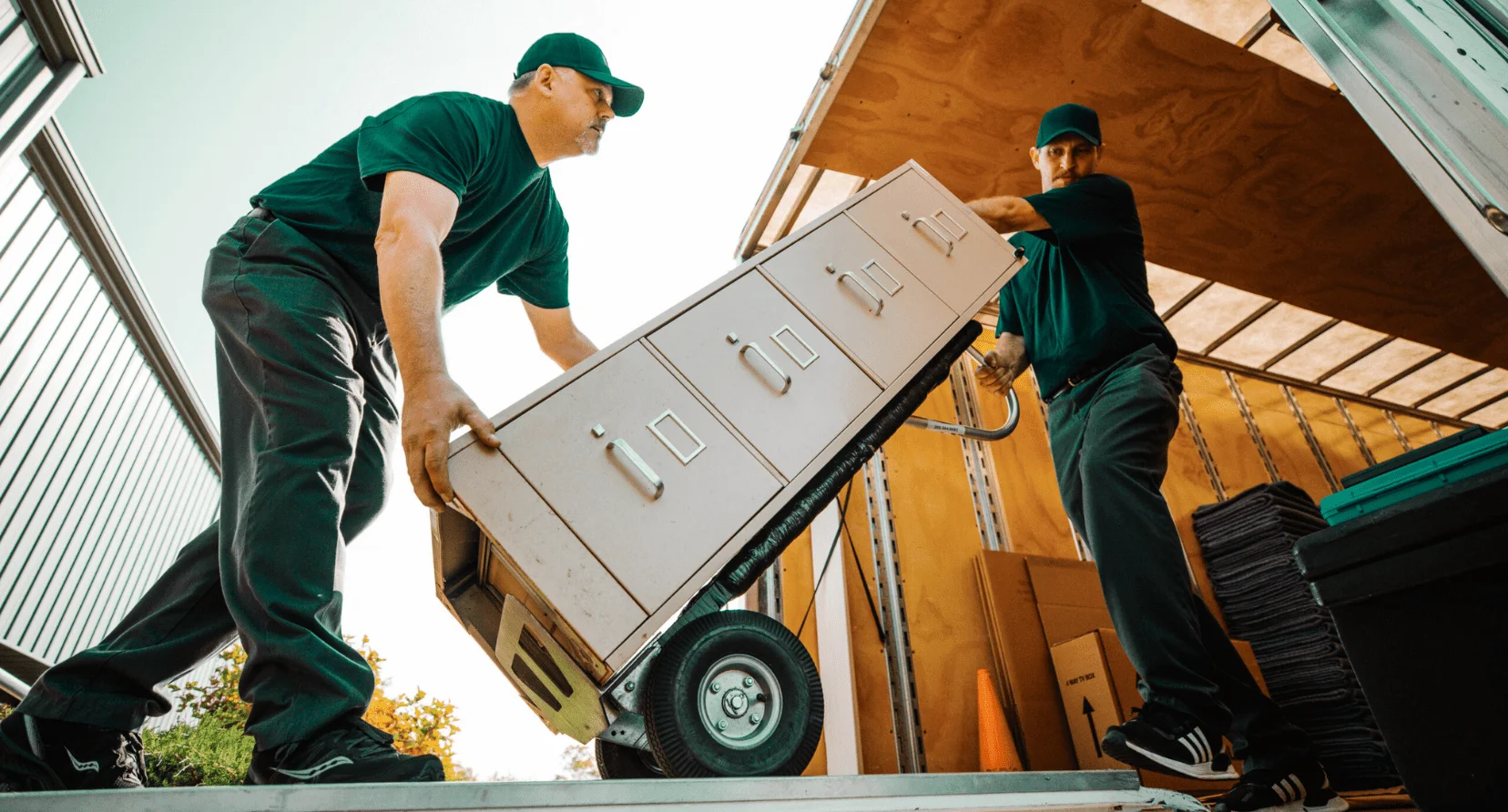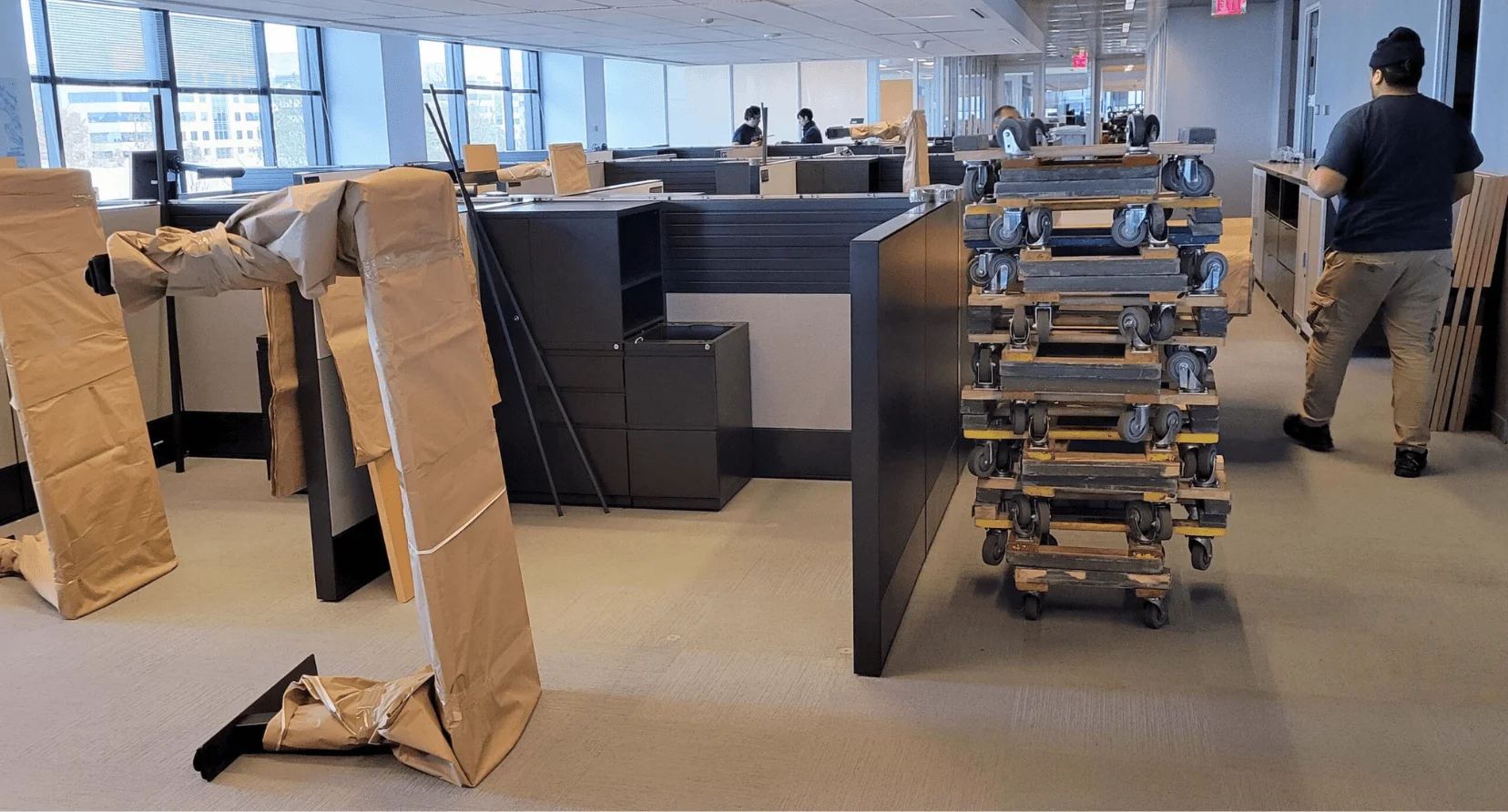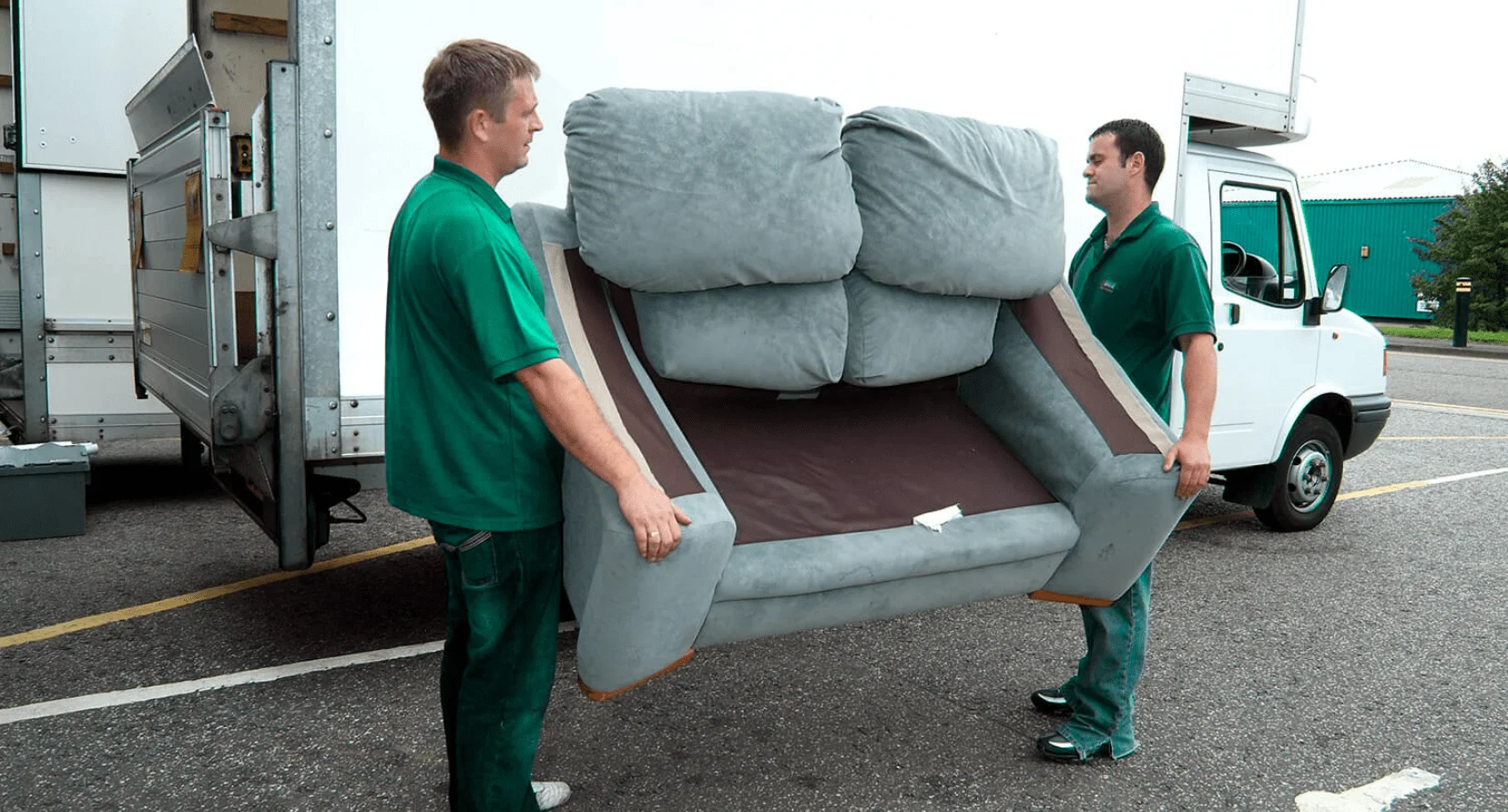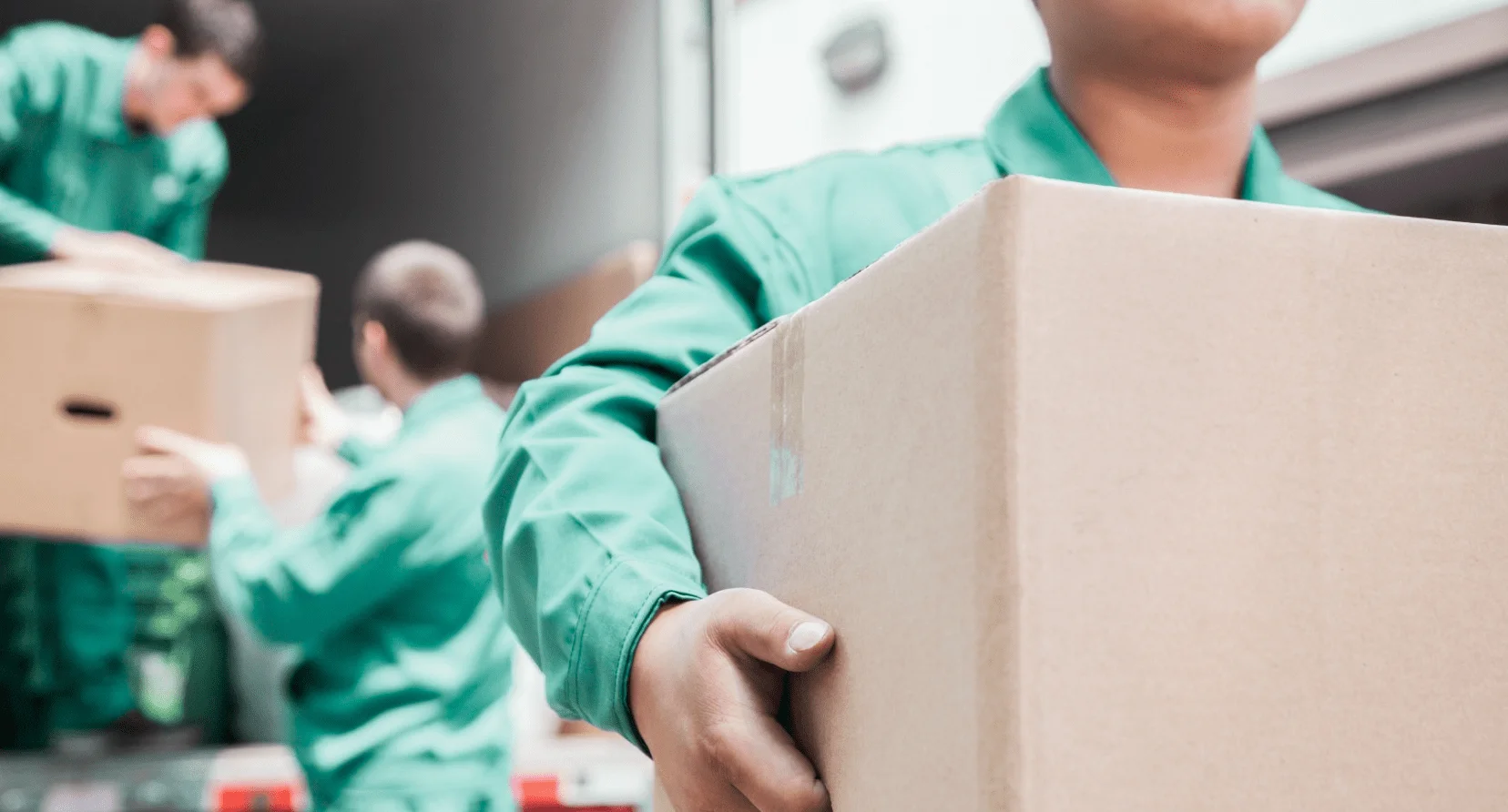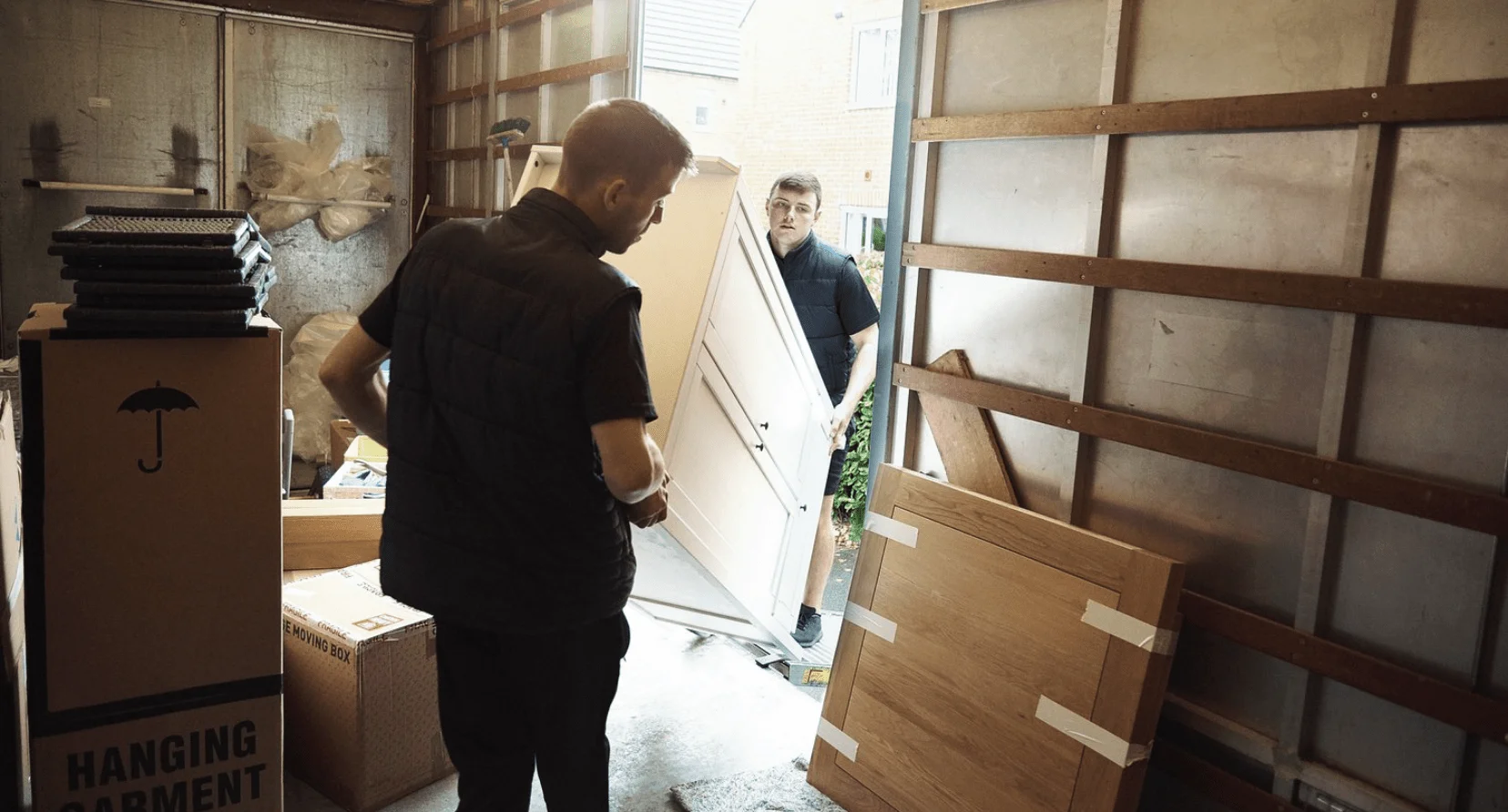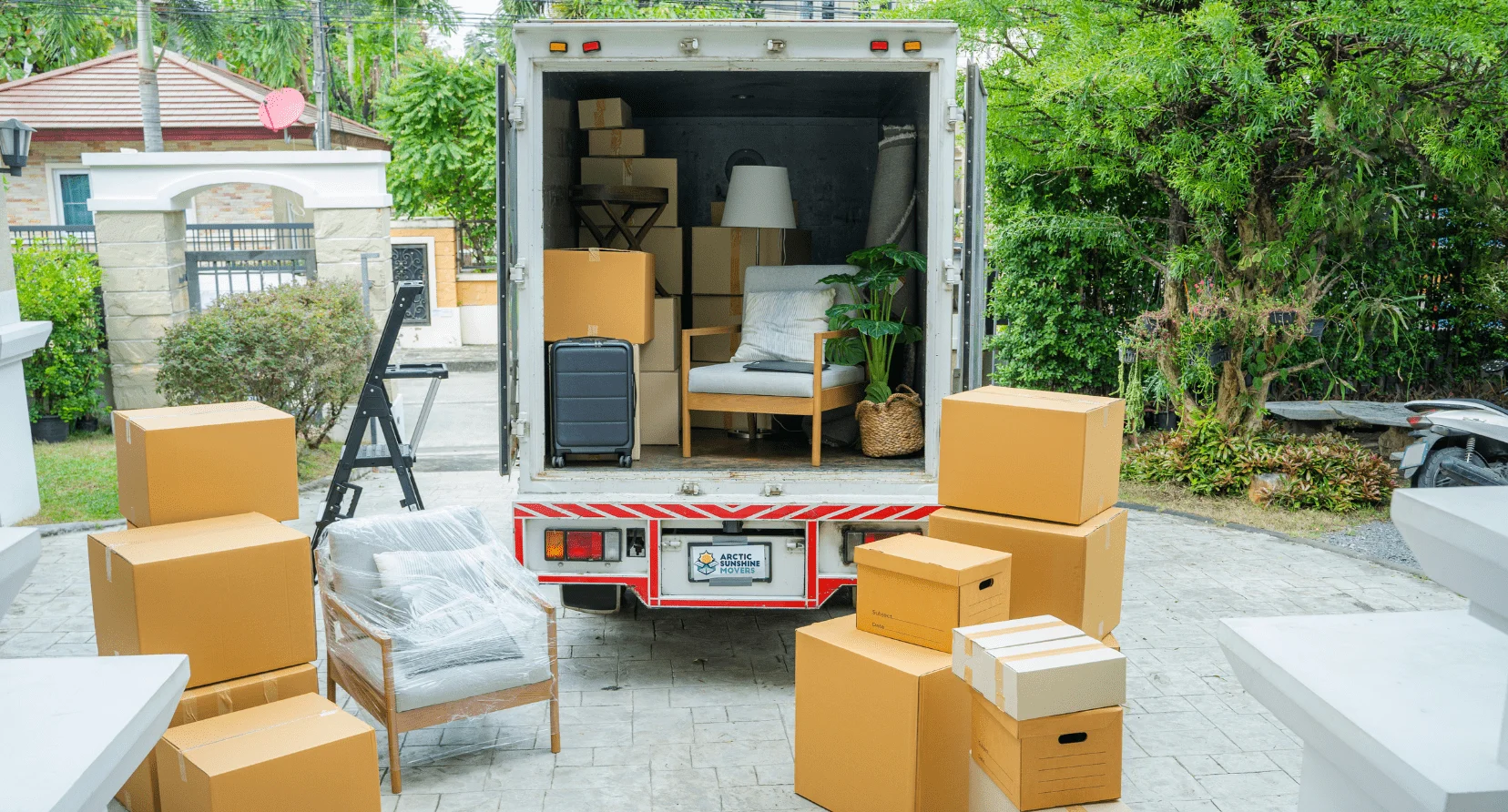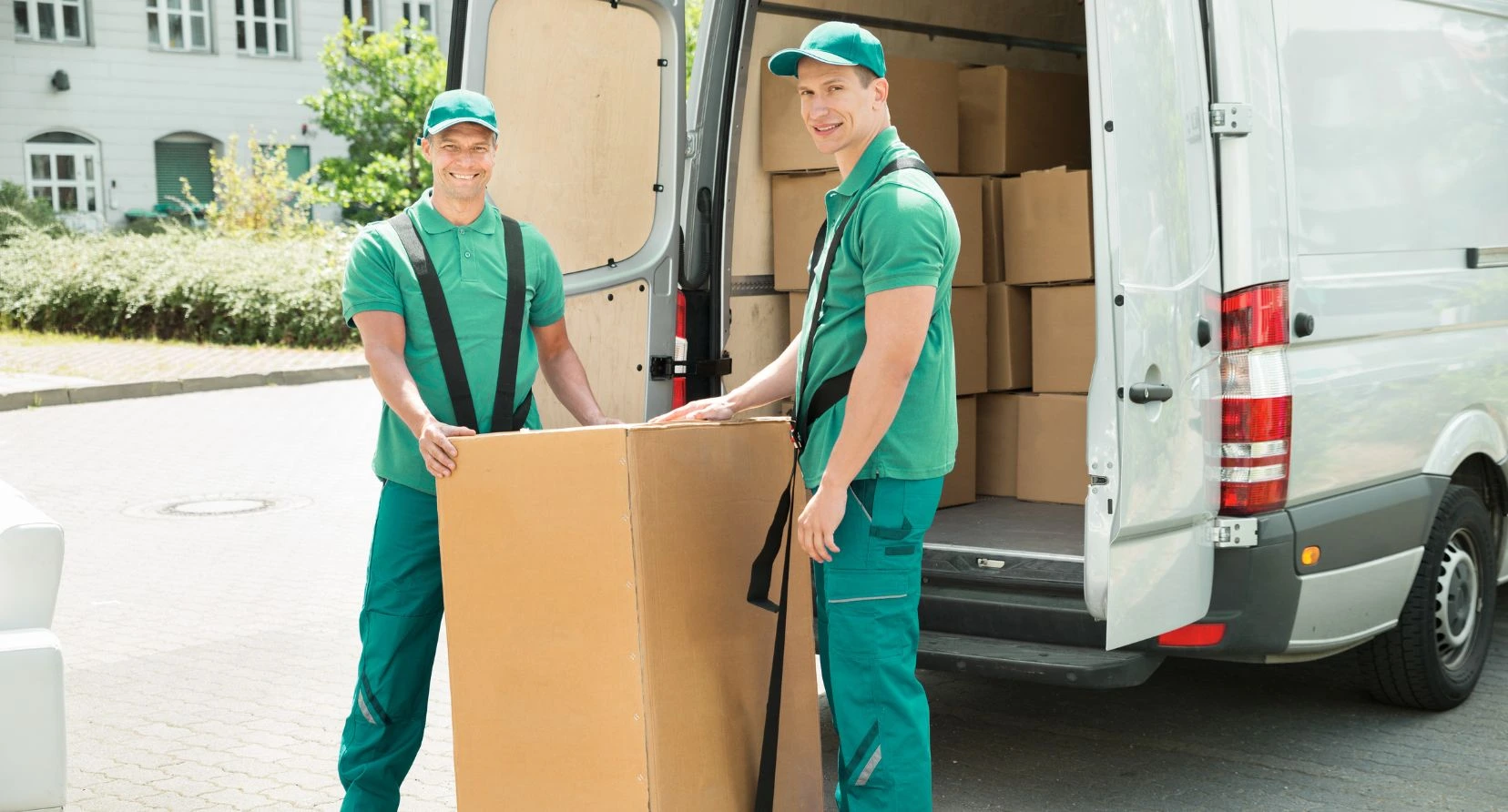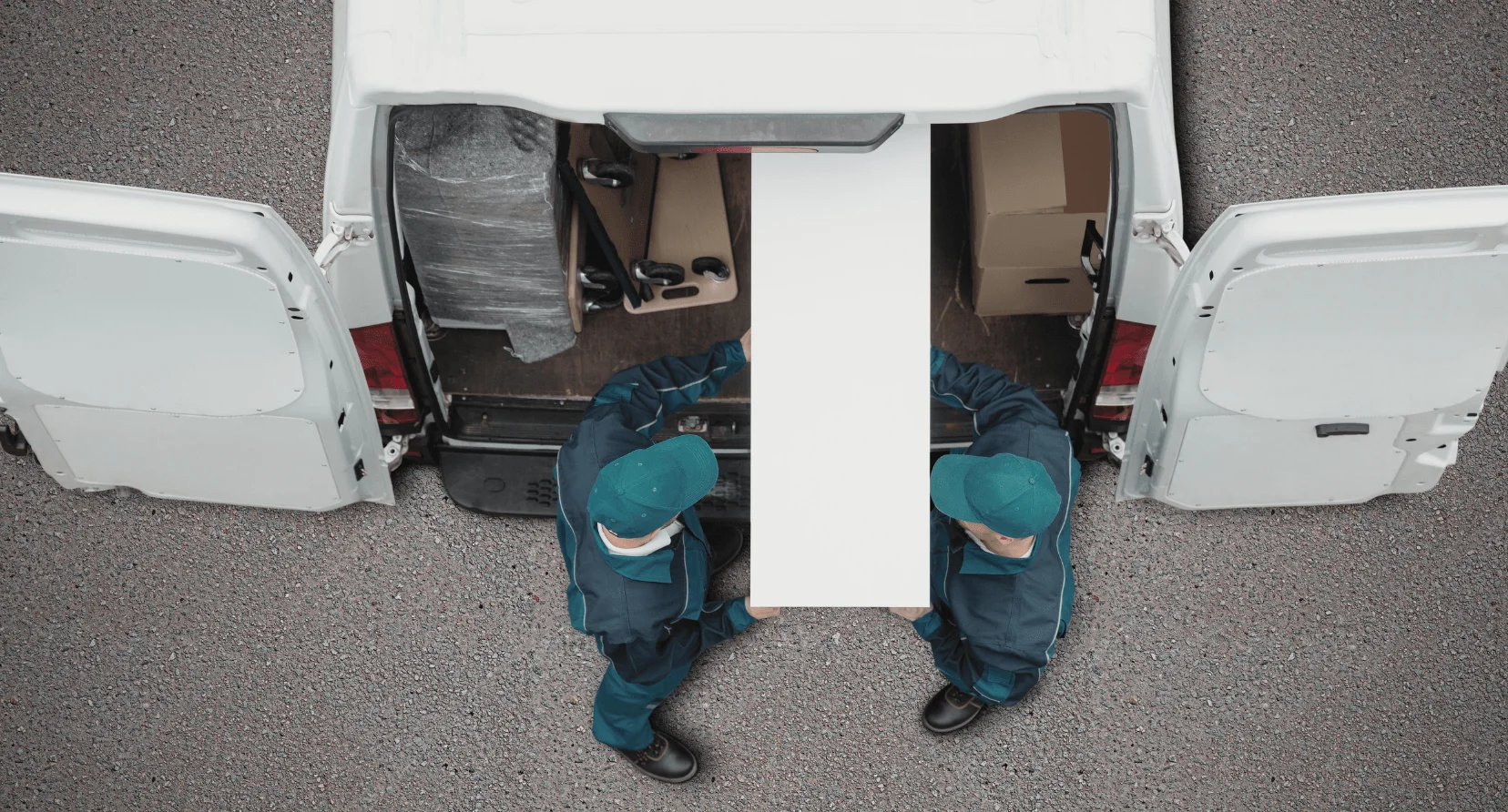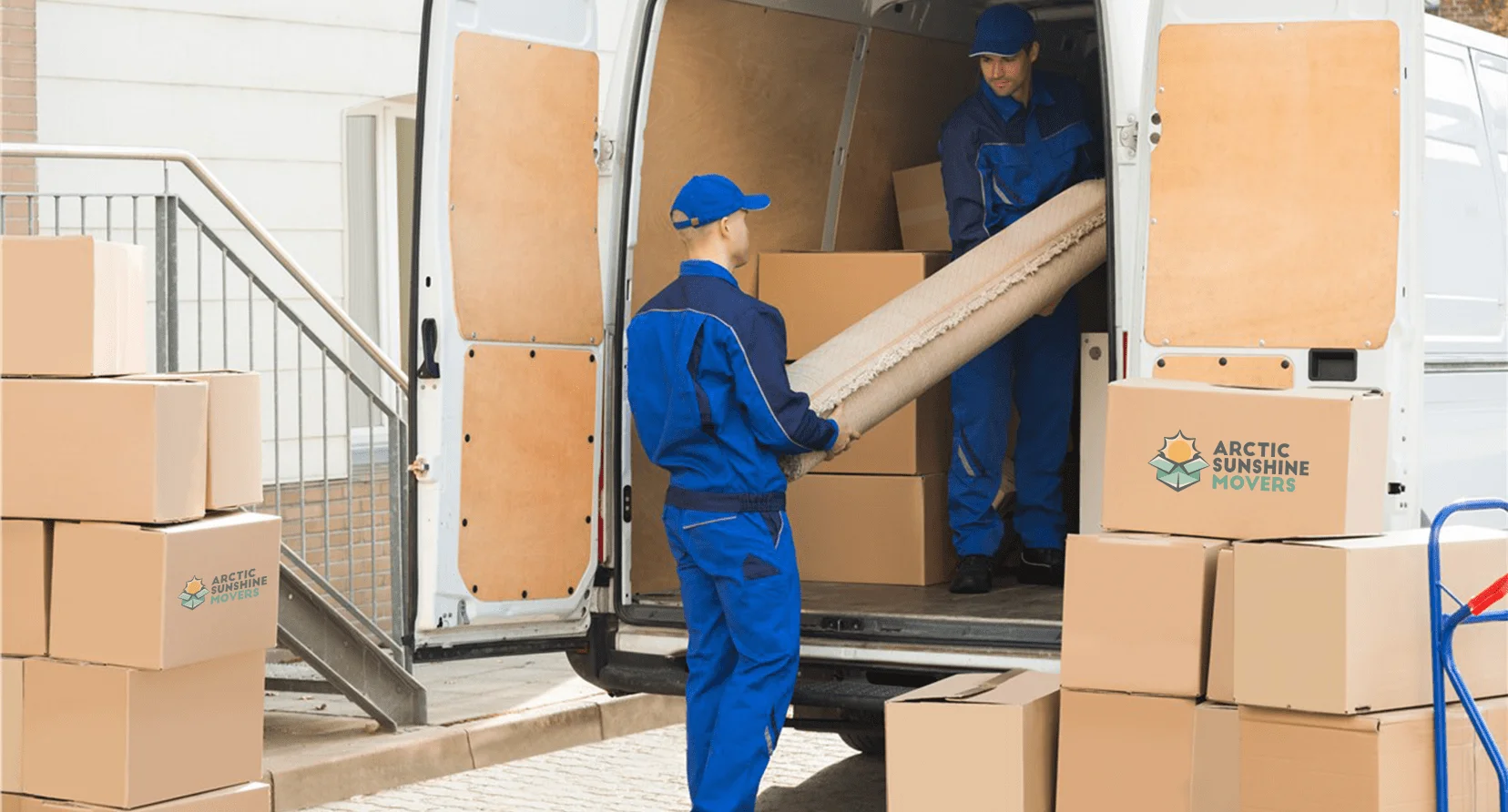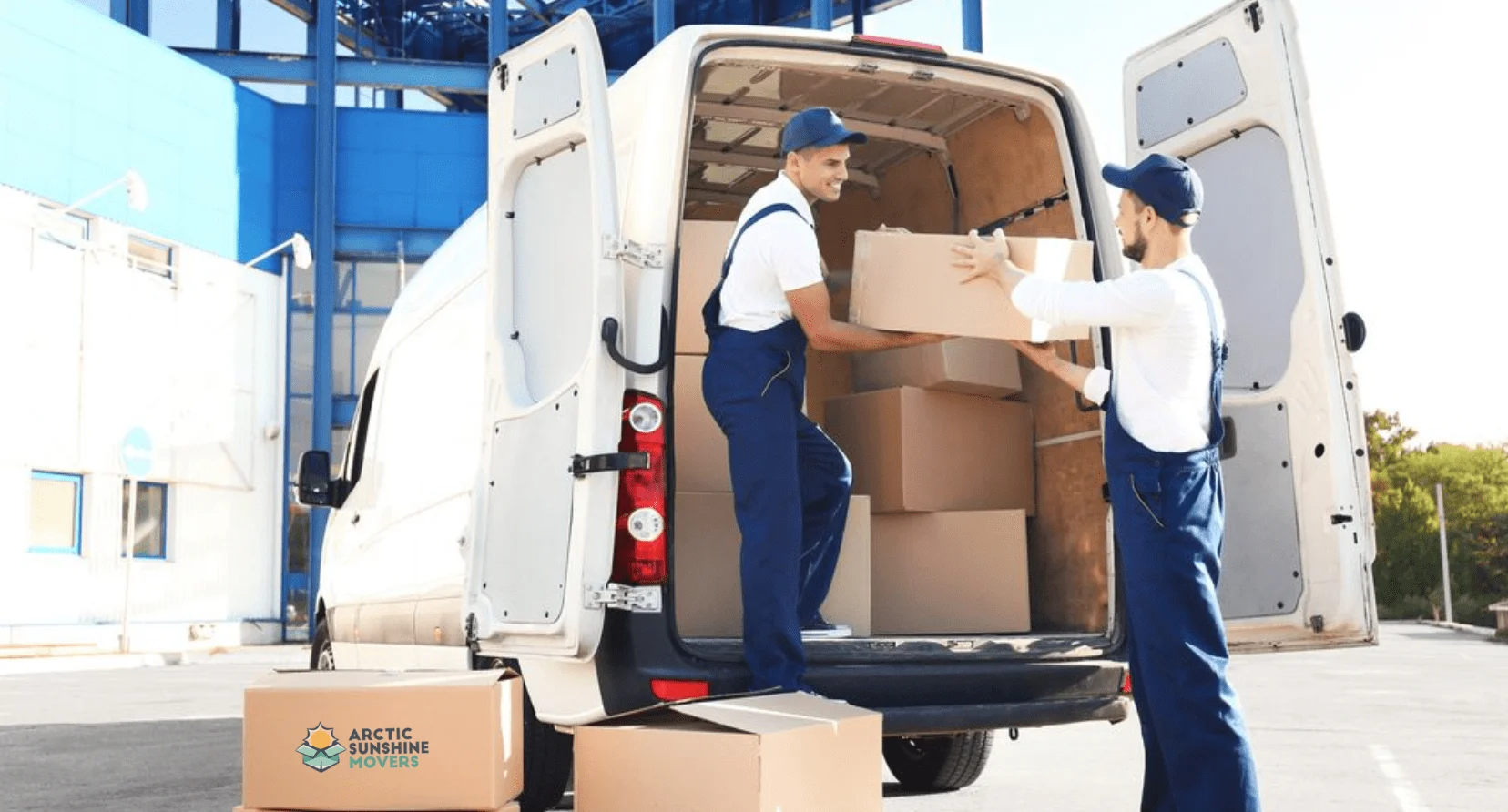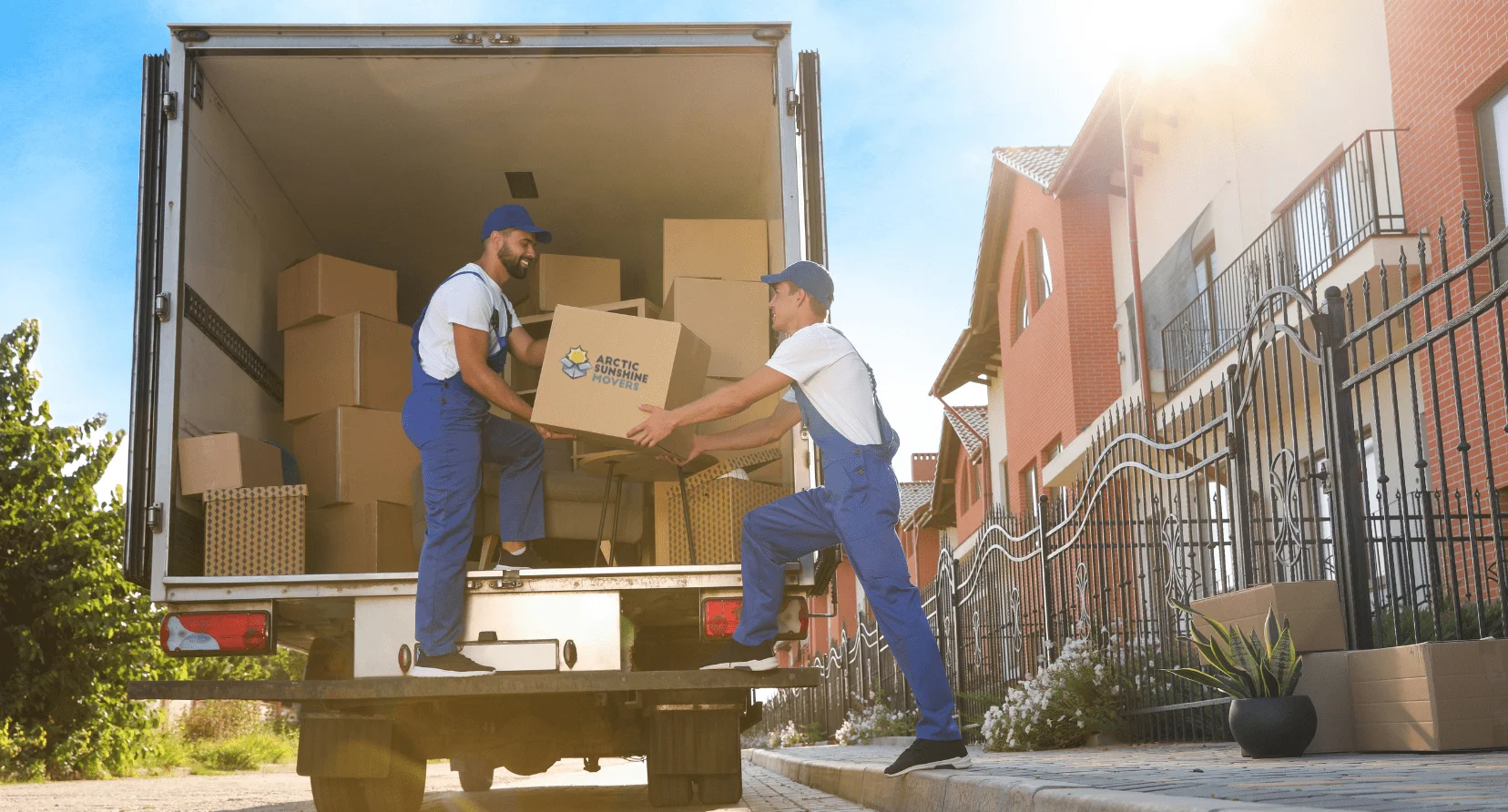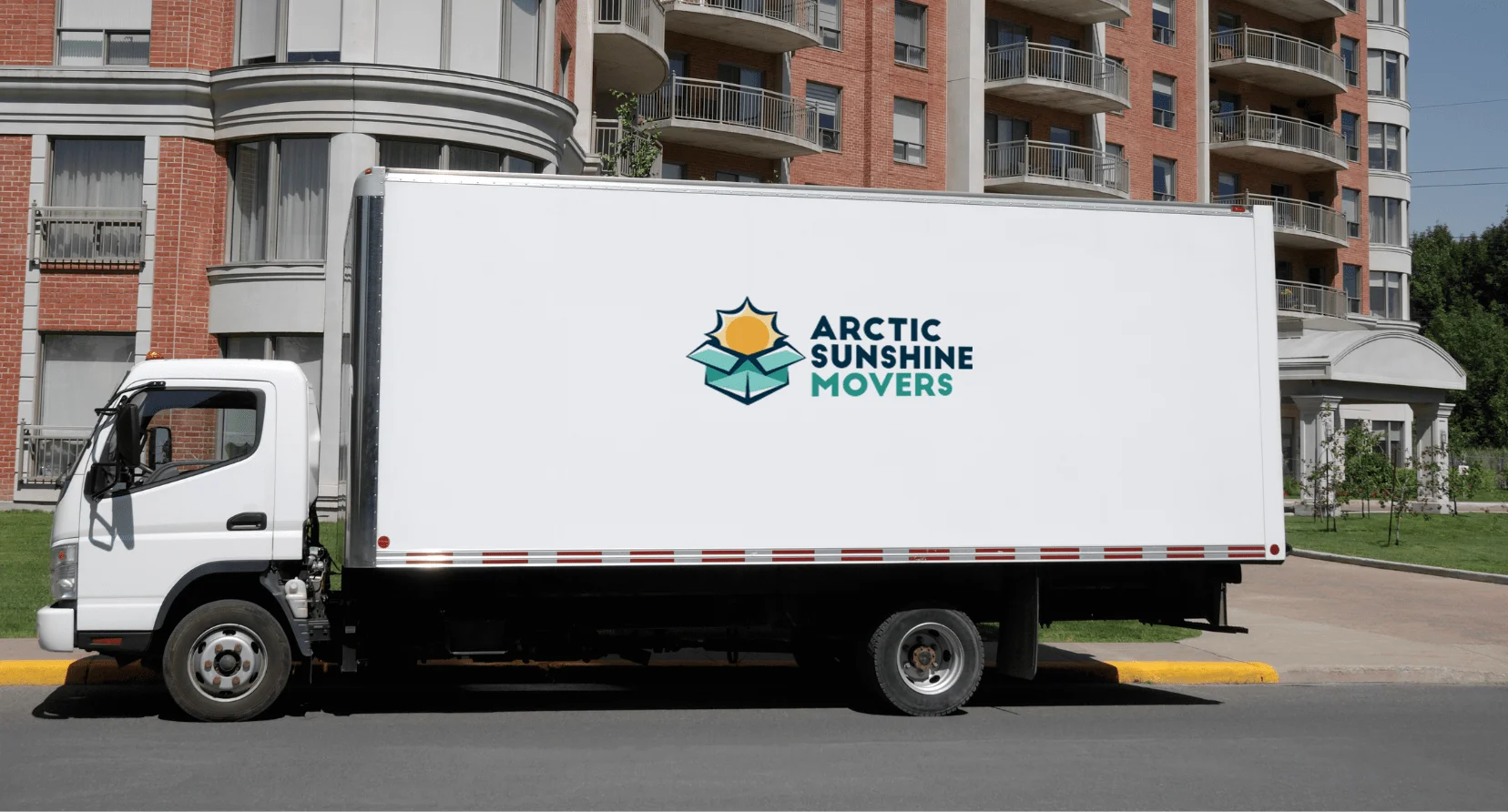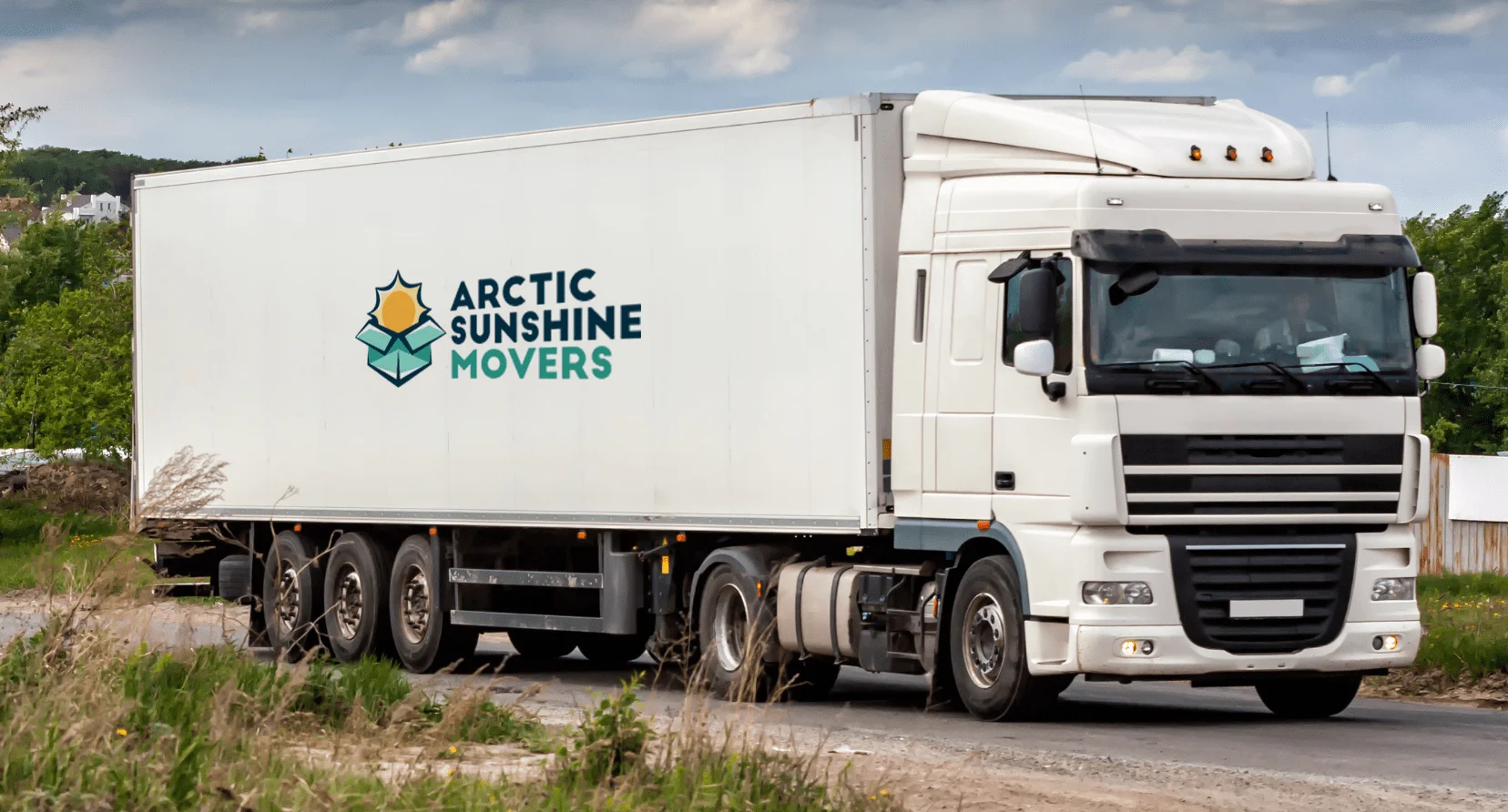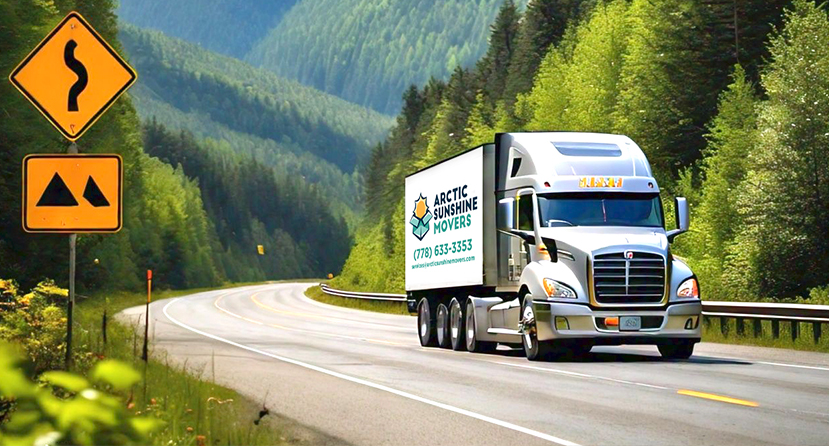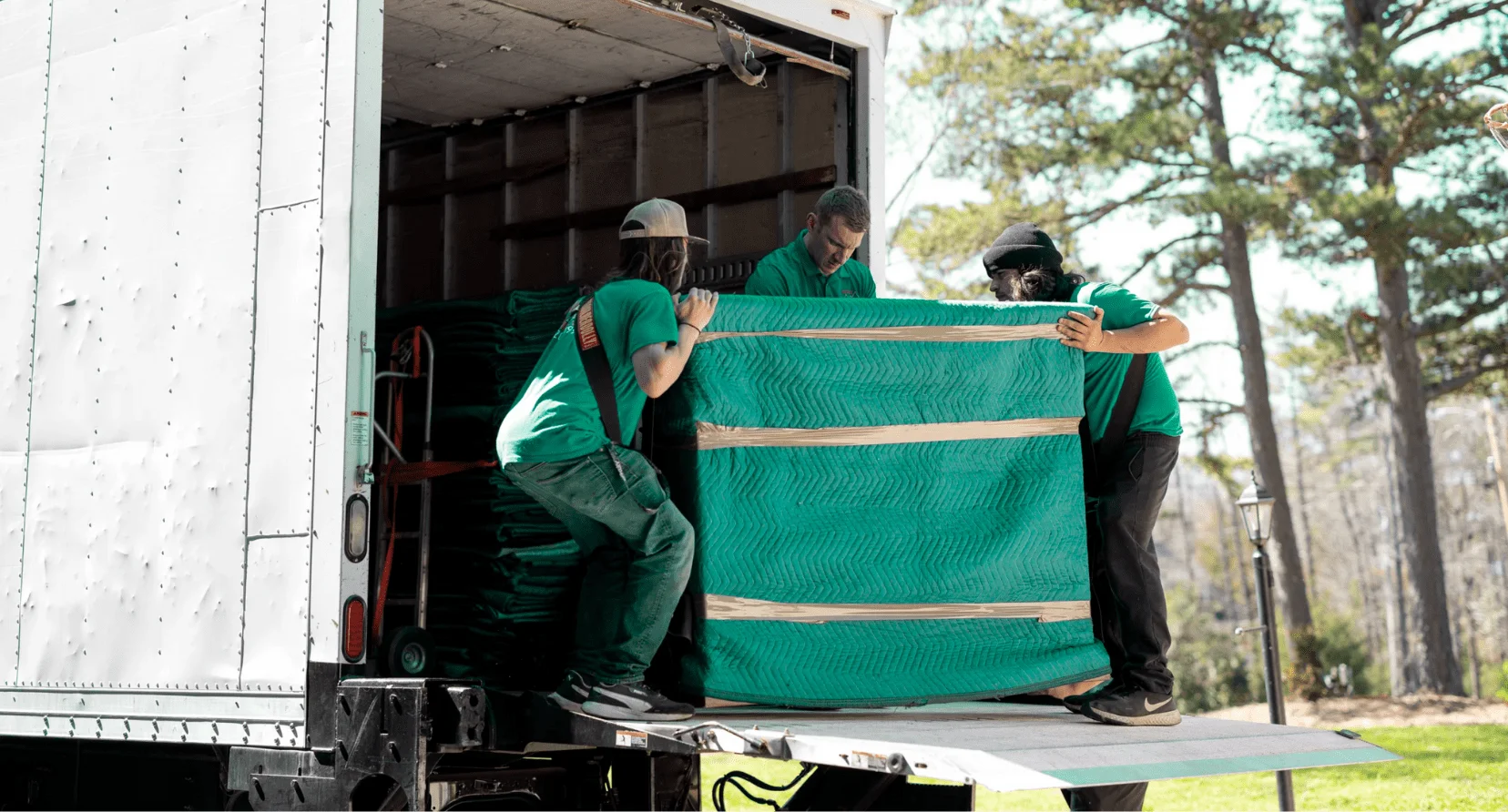
June 9, 2025
Long-Distance Moving Checklist
The Complete Guide for a Stress-Free Move
Relocating across provinces or to another country requires more than just packing boxes—it demands meticulous planning, coordination, and execution. This long-distance moving checklist has been designed to guide homeowners and businesses through every critical step to ensure a smooth and successful move, whether it’s across British Columbia or coast-to-coast.
8 Weeks Before Your Move – Start Planning Now
Research and Hire a Reputable Long-Distance Moving Company
- Request on-site or virtual estimates from at least three long-distance moving companies to compare pricing and services. Make sure each estimate is detailed and includes all potential fees.
- Confirm that the movers offer valuation coverage and liability protection to safeguard your belongings during transit. Ask them to clarify what is covered and discuss additional insurance if needed.
- Read recent reviews online to gauge the company’s reputation and reliability. Don’t hesitate to ask the movers directly about their experience with long-distance moves and how they handle challenges like delays or damaged items.
Create a Digital Moving Binder
Keep all your documents, receipts, contracts, and inventory lists in a shared digital folder for easy access and coordination with family or employees.
6 Weeks Before Your Move – Organize and Declutter
Inventory Your Belongings
- Walk through each room in your home and create a detailed list of all items you plan to move. Don’t forget to check closets, drawers, and storage areas.
- Mark items that should be sold, donated, recycled, or discarded. Consider scheduling a garage sale or arranging for donation pickup of items you no longer need.
- Use moving apps or spreadsheets to catalogue your inventory, noting the condition and estimated value of each item. This can also help with insurance claims or tracking the move.
Start Downsizing
- Sell items via Facebook Marketplace or Craigslist, or host a garage sale: Turn your unwanted items into cash by listing them online or organizing a garage sale in your neighbourhood. It’s a great way to declutter and make some extra income.
- Donate to local charities like Habitat for Humanity or Value Village: Give your gently used items a second life by donating them to nonprofits that can distribute them to those in need or resell them to support community programs.
- Arrange bulk waste pickup for non-recyclables: For items that can’t be donated or sold, check with your local waste management services to schedule a bulk pickup. It ensures proper disposal without the hassle.

4 Weeks Before Your Move – Notify and Prepare
Change of Address Notifications
Update your address with:
- Canada Post: Don’t forget to set up mail forwarding to ensure you receive all your essential mail at your new address.
- Banks and credit card providers: Update your address with your bank and credit card companies to avoid missing any critical statements or notices.
- Insurance companies: Notify your home, auto, and any other insurance providers about your move so your policies remain up to date.
Subscription services and memberships: Update your address with any subscription boxes, gym memberships, or other services to avoid disruptions. - CRA and provincial services: Make sure to inform the Canada Revenue Agency and any relevant provincial services about your change of address to keep your records accurate.
Transfer Utilities and Services
- Schedule disconnection dates for all utilities at your current home to avoid being charged after you move out.
- Arrange for utility activation at your new residence before your move-in date to ensure everything is ready upon your arrival.
- Don’t forget to include all essential services such as hydro, water, gas, internet, phone, and waste collection to keep your new home running smoothly from day one.
3 Weeks Before Your Move – Begin Packing and Confirmations
Start Packing Non-Essential Items
- Begin with items you don’t use daily, like seasonal decorations, books, or rarely used kitchen tools.
- Label each box by room and include a detailed list of contents to make unpacking easier.
- Consider using colour-coded labels or QR-based inventory systems to keep everything organized and trackable.
- Wrap fragile items carefully using bubble wrap, packing paper, or soft materials, and mark the box as “FRAGILE” to ensure they are handled with care during the move.
- Pack heavier items at the bottom of the box and lighter ones on top to prevent damage.
Confirm Your Moving Details
- Reconfirm your moving dates and both pickup and delivery addresses with your moving company to ensure everything is aligned and avoid any last-minute surprises.
- Provide detailed parking instructions and inform them of any building restrictions, such as loading dock availability or specific times for moving.
- Confirm elevator bookings with your building management (if applicable) and check if you need to reserve a key or coordinate with staff for access.
2 Weeks Before Your Move – Prep Vehicles and Documents
Prepare for Vehicle Transport
- Decide whether to ship your car or drive it to your new destination. If shipping, research reliable car transport companies and book in advance to ensure a smooth process. If you’re driving, ensure your car is road-trip-ready by checking tire pressure, oil levels, and other essential maintenance items.
- Schedule a full vehicle service if you plan to drive, including a brake check and topping off all fluids. Don’t forget to pack an emergency kit with essential items, including tools, a flashlight, water, and snacks, for the trip.
Organize Important Documents
- Gather all vital documents, including passports, birth certificates, legal paperwork, medical records, and insurance policies. Keep these well-organized in a folder for easy access.
- Always carry these documents with you during the move rather than packing them in the moving truck, as they may be needed at any time and are too important to risk losing.

1 Week Before Your Move – Final Checks and Cleaning
Pack an Essentials Box
Moving can be hectic, so make sure to pack a box with all the items you’ll need right away. Include essentials like phone chargers, medications, toiletries, basic kitchenware (like a few plates, utensils, and a pot), towels, and a couple of changes of clothes.
Don’t forget important documents, snacks, and anything else you’ll need for the first day or two in your new home. Keep this box easily accessible so you don’t have to dig through packed boxes when you need something.
Deep Clean Your Home
Before you leave, take the time to thoroughly clean your home to make it move-in ready for the next occupants—or to ensure you get your deposit back if you’re renting. Wipe down appliances, defrost the fridge and freezer, scrub countertops, and clean out cabinets both inside and out.
Don’t forget to vacuum carpets and mop floors. If you’re short on time or want a professional touch, consider hiring cleaners to take care of the job, especially if you’re preparing to sell your home. A clean house makes a great final impression.
Moving Day – Execution and Coordination
Work With Your Movers
- Be present to supervise loading to ensure items are handled with care and placed securely in the truck. This also allows you to address any questions or concerns from the movers in real time.
- Confirm the inventory checklist to make sure everything is accounted for before the truck departs. Double-check that fragile or high-value items are noted.
- Ensure all boxes are properly secured and labelled with their contents and destination room. This will make unpacking much easier and prevent confusion during the delivery process.
Final Walkthrough
- Take a thorough look through closets, drawers, the basement, attic, and garage to ensure nothing has been overlooked. Even small or hidden items can be easily overlooked.
- Lock all windows and doors before leaving to ensure the property is secure. Don’t forget to check secondary entrances, like patio doors, and return any house keys if necessary.
After the Move – Settling In
Inspect and Unpack Strategically
- Carefully check for damaged or missing items as you unpack. If anything is damaged, document it and contact the moving company or insurance provider immediately.
- Unpack room by room, starting with essentials like kitchen supplies, toiletries, and bedding to make your first few days more comfortable.
- Recycle packing materials whenever possible, or donate used boxes to someone else who is moving to help reduce waste.
Update Local Registrations
- If you’ve moved to a new province, make sure to update your vehicle registration and driver’s license promptly to comply with local regulations. Some areas require these updates within a specific timeframe.
- Research and select local healthcare providers, then transfer your medical records and prescriptions to ensure uninterrupted care.
- If you have children, take the time to register them in their new schools, meet with teachers, and get familiar with the school schedule and activities.

Expert Moving Tips for Long Distance Success
- Label Every Box Clearly with the destination room and contents
- Photograph electronic setups for easy reassembly
- Measure Furniture & Doorways before arrival to avoid surprises
- Use Clear Bins for items you’ll need immediately
- Keep Valuables With You, not in the moving truck
Read here for top long-distance moving tips.
Arctic Sunshine Movers: Trust Professionals for a Seamless Transition
Long-distance moves involve complex logistics that greatly benefit from professional expertise. Our long-distance moving team specializes in cross-province and cross-border relocations with a commitment to transparency, efficiency, and care.
Let us handle the heavy lifting while you focus on settling into your new journey. Contact us for a free long-distance moving estimate and personalized moving strategy.


